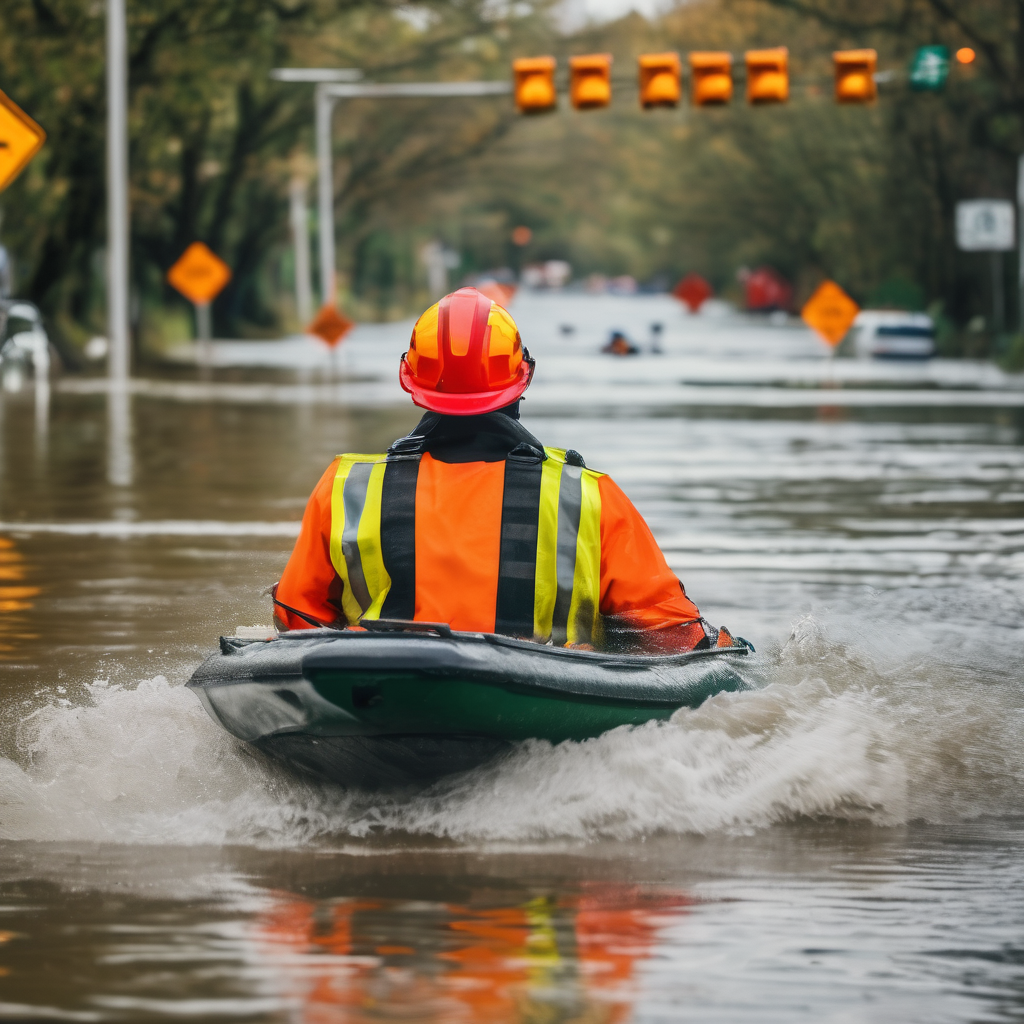Five days after devastating floods impacted Mexico, leading to at least 66 fatalities and affecting around 100,000 homes, authorities are grappling with ongoing relief efforts and the search for 75 missing individuals. The government’s handling of this crisis has drawn significant scrutiny, particularly concerning its preparedness for such a natural disaster.
The floods were triggered by heavy rainfall that caused landslides, river overflows, and bridge collapses, putting considerable pressure on President Claudia Sheinbaum’s administration. While historically popular, Sheinbaum has faced rare public outcry during her visits to affected areas, where frustrated crowds have voiced their concerns.
Political analyst Antonio Ocaranza praised Sheinbaum’s hands-on approach but also pointed out systemic issues regarding the government’s initial crisis management. Critics, including Deputy Gibran Ramirez from the opposition Citizens’ Movement party, have described the government’s response as “lamentable,” criticizing it as disorganized and haphazard, which has led to delays in delivering essential resources.
One significant challenge stems from the elimination of the Natural Disaster Fund (Fonden), a decision made by Sheinbaum’s predecessor, Andrés Manuel López Obrador, who cited corruption as the main issue. Despite Sheinbaum’s stance that defending Fonden equates to defending corruption, concerns persist about the government’s strategy for financing disaster response efforts. She has indicated that the federal government has approximately 19 billion pesos (around $1.03 billion) available for emergencies, but only a small portion has been utilized so far.
As recovery efforts begin, Sheinbaum announced a two-phase plan for aid distribution, which includes an initial cleanup followed by support tailored to household damage assessments. This approach echoes measures previously implemented following the 2023 Hurricane Otis, involving cash transfers linked to the extent of property damage.
Initially taken by surprise by the scale of the floods, the government has faced criticism regarding its forecasting and response strategies. Sheinbaum mentioned that no indicators were in place to predict such extreme rainfall, as the focus had been on monitoring other weather systems. The worst-hit areas include Veracruz, Hidalgo, and San Luis Potosi, where emotional scenes have unfolded as families desperately search for their loved ones amidst growing public frustration.
The disaster unfolding in Mexico highlights a recurrence of issues seen in past events, such as the Texas floods, where inadequate disaster management has been called into question. These situations underscore the urgent need for improved preparedness and timely response systems as communities face the harsh realities of climate-related disasters.
As Mexico endeavors to assist its affected citizens and locate the missing, the resilience and solidarity exhibited by local communities shine through. The efforts to rebuild not only physical structures but also societal trust in disaster readiness signal a hopeful commitment to enhancing future safety and responsiveness in the face of such emergencies.
